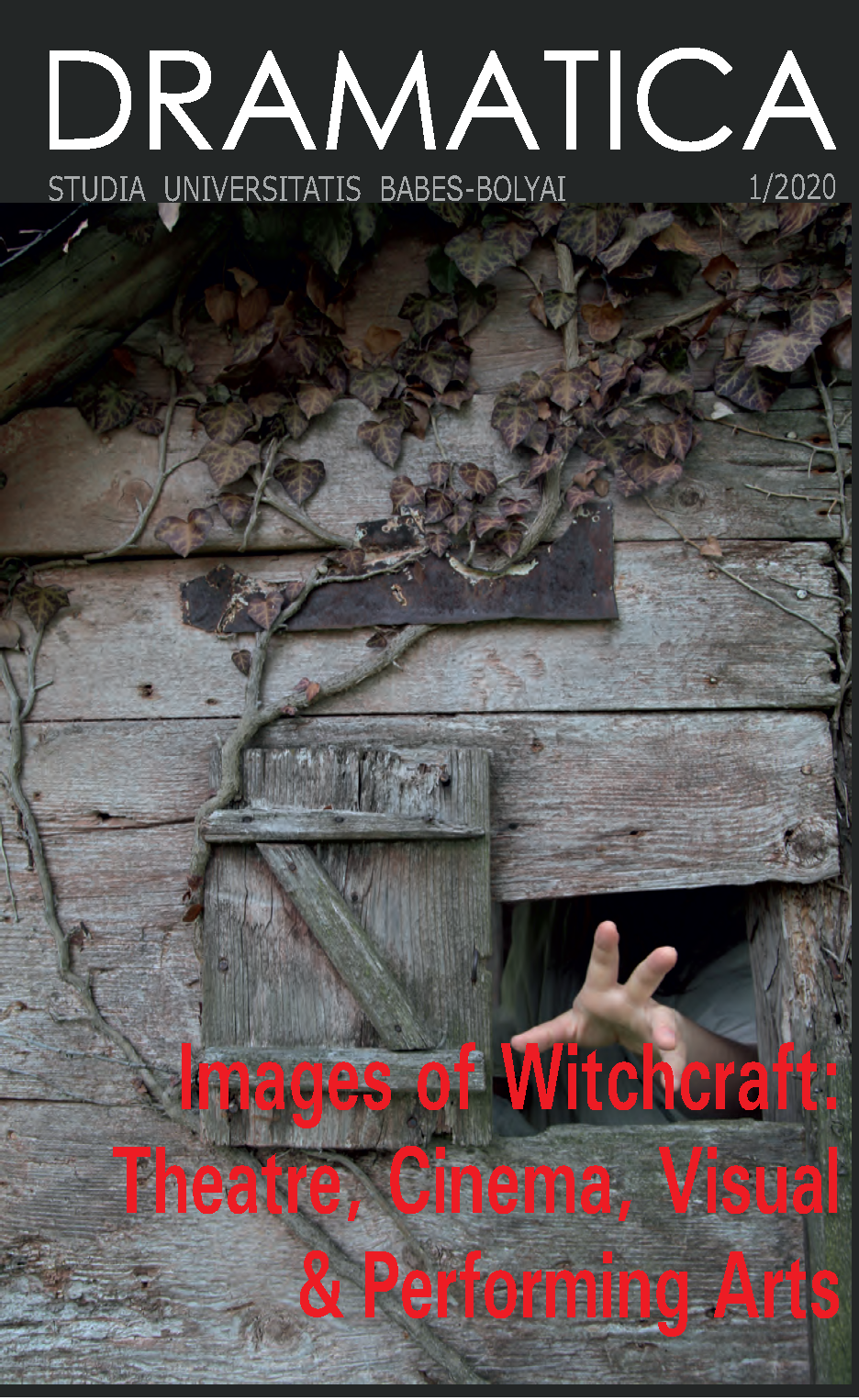Mainstream Satanic Cinema in the Seventies: A Generational Crisis of Assimilation
DOI:
https://doi.org/10.24193/subbdrama.2020.1.10Keywords:
Satan, satanic, witchcraft, witches, Hollywood, conspiracy, counterculture, countercultural, modernist, modernism.Abstract
A particularly fertile period for satanic presence can be found in mainstream Hollywood during the early to mid 1970s. Encouraged by the success of Rosemary’s Baby, major studios produced The Exorcist and The Omen series, not to mention a flurry of independent productions across the decade. Neither before nor since this decade has satanic content in cinema achieved such widespread popularity, and so this particular moment ought to warrant deeper consideration. In general, these narratives appealed to countercultural notions of conspiracy, especially with respect to authority figures and/or the government. But at an even more subconscious level, these satanic films spoke to a pervading fear, at this particular time, of relinquishing a former sense of control over one’s destiny. This article explores and elucidates the cultural conditions attributable for the emergence and popular embrace of these films in this particularly modernist cultural moment.
References
Duren, Brad L. “Reckoning the Number of the Beast: Premillennial Dispensationalism, The Omen and 1970s America,” in Divine Horror, edited by Cynthia J. Miller and A. Bowdoin Van Riper, 53 - 64. Jefferson, North Carolina: McFarland & Company, 2017.
Mitchell, Charles P. The Devil on Screen: Feature Films Worldwide, 1913 through 2000. Jefferson, North Carolina: McFarland & Company, 2002.
Scahill, Andrew. “It’s All for You, Damien: Oedipal Horror and Racial Privilege in The Omen Series.” In Lost and Othered Children in Contemporary Cinema, edited by Andrew Scahill and Debbie C. Olsen, 95 - 105. Maryland: Lexington Books, 2012.
Schreck, Nikolas. The Satanic Screen: An Illustrated Guide to the Devil in Cinema. London: Creation Books, 2001.
Wyman, Kelly J. “The Devil We Already Know: Medieval Representations of a Powerless Satan in Modern American Cinema.” Journal of Religion & Film 8, no. 3, October (2004): 1-19.
Zicree, Marc Scott. The Twilight Zone Companion, 2nd Edition. Los Angeles: Silman-James Press, 1992.
Downloads
Published
How to Cite
Issue
Section
License
Copyright (c) 2020 Studia Universitatis Babeș-Bolyai Dramatica

This work is licensed under a Creative Commons Attribution-NonCommercial-NoDerivatives 4.0 International License.


